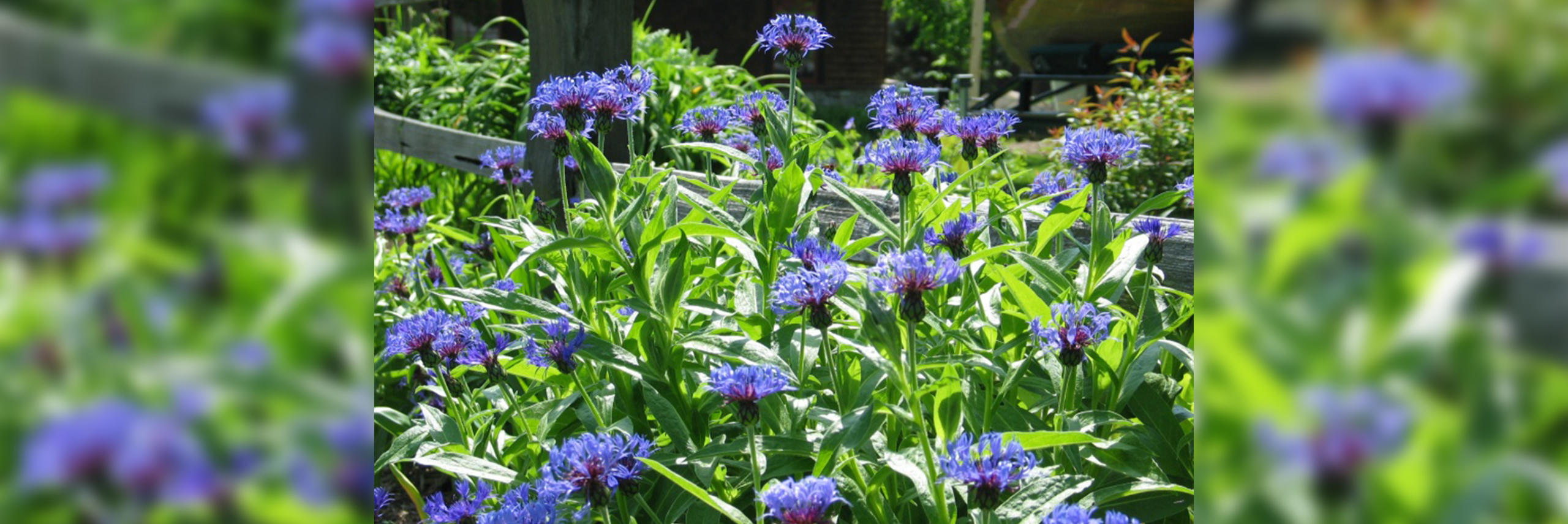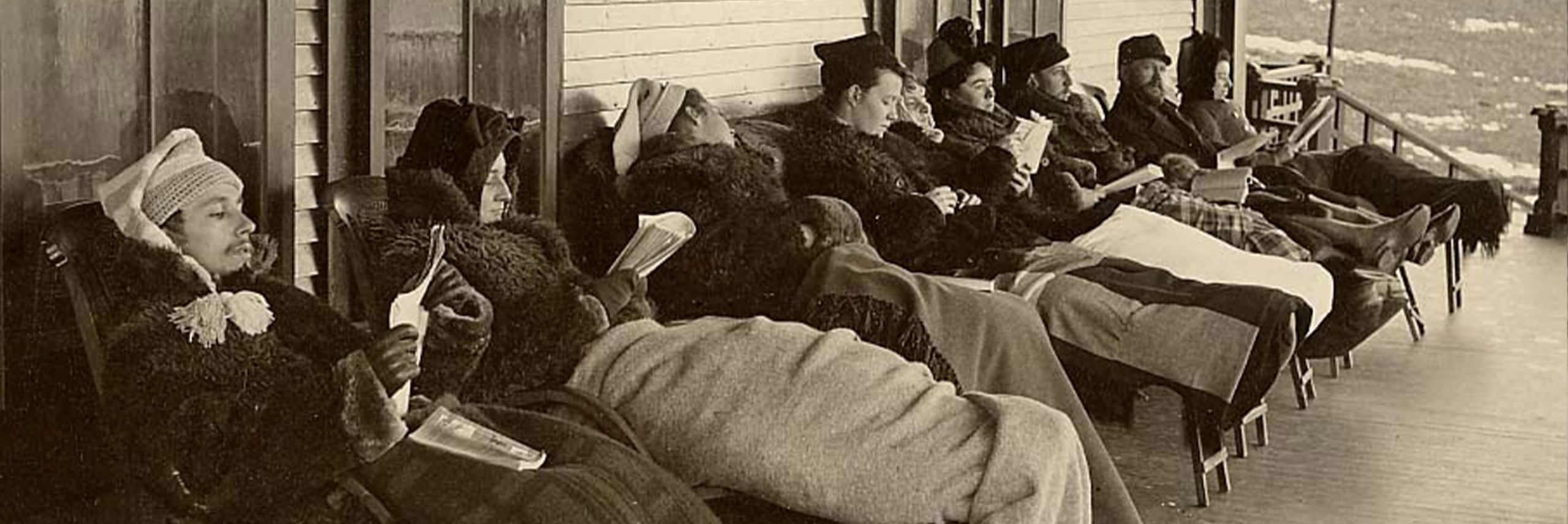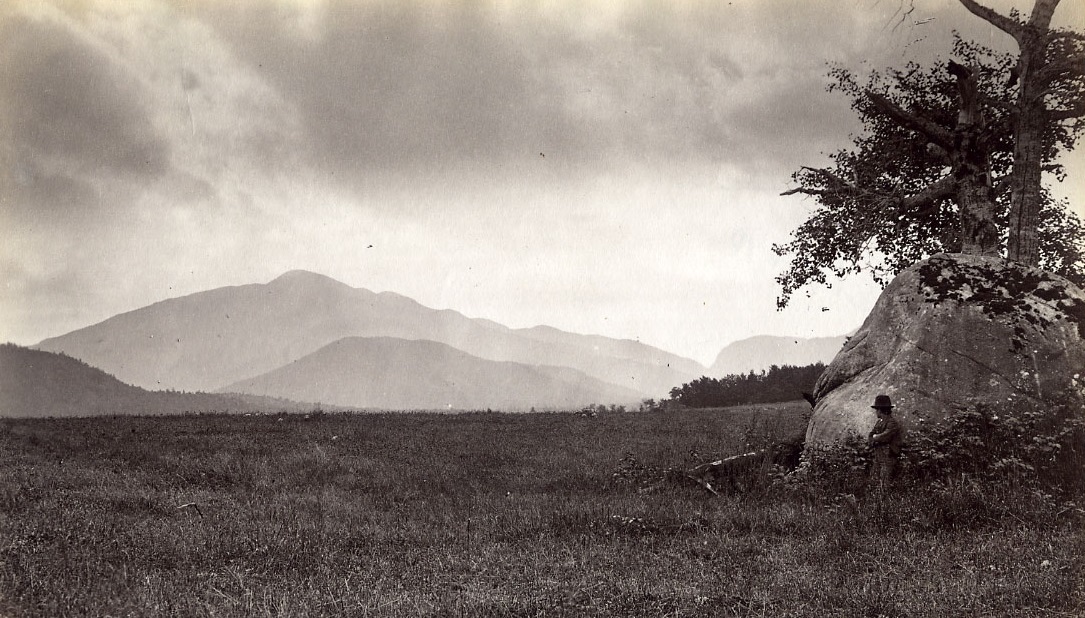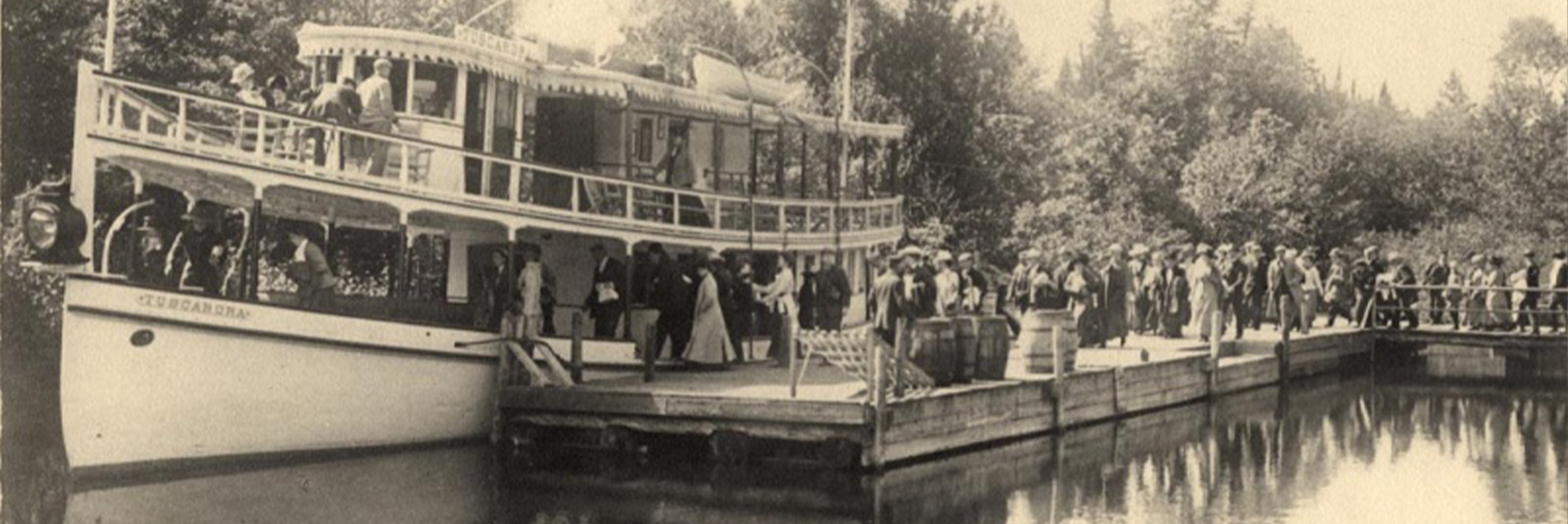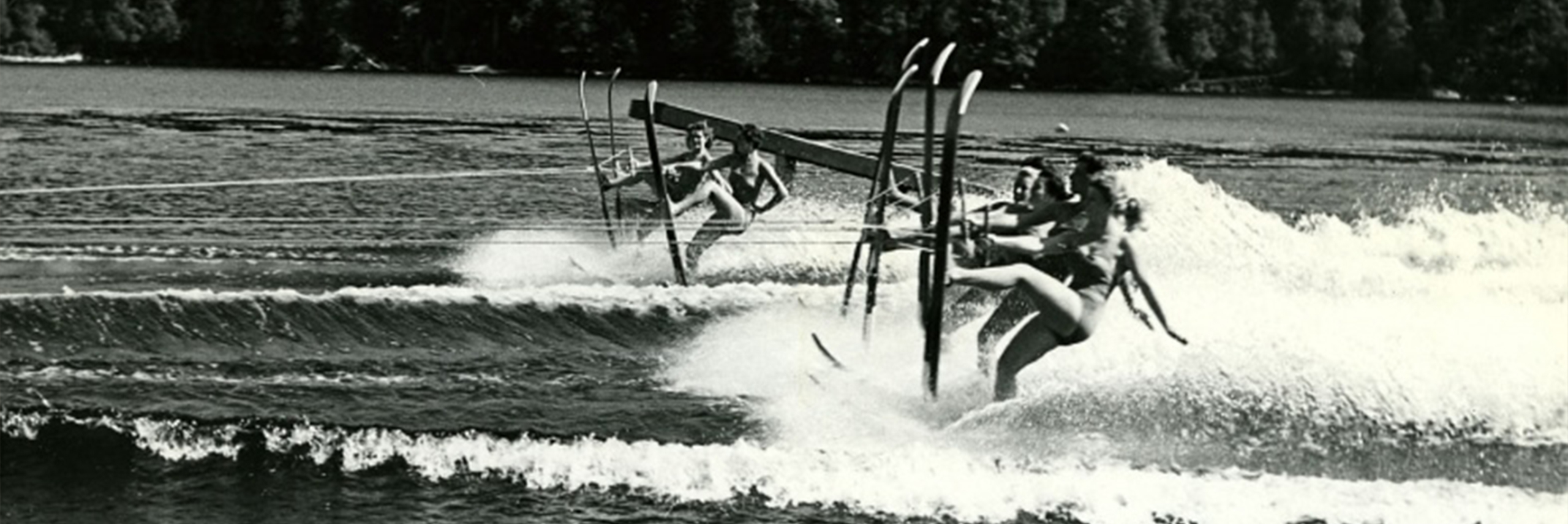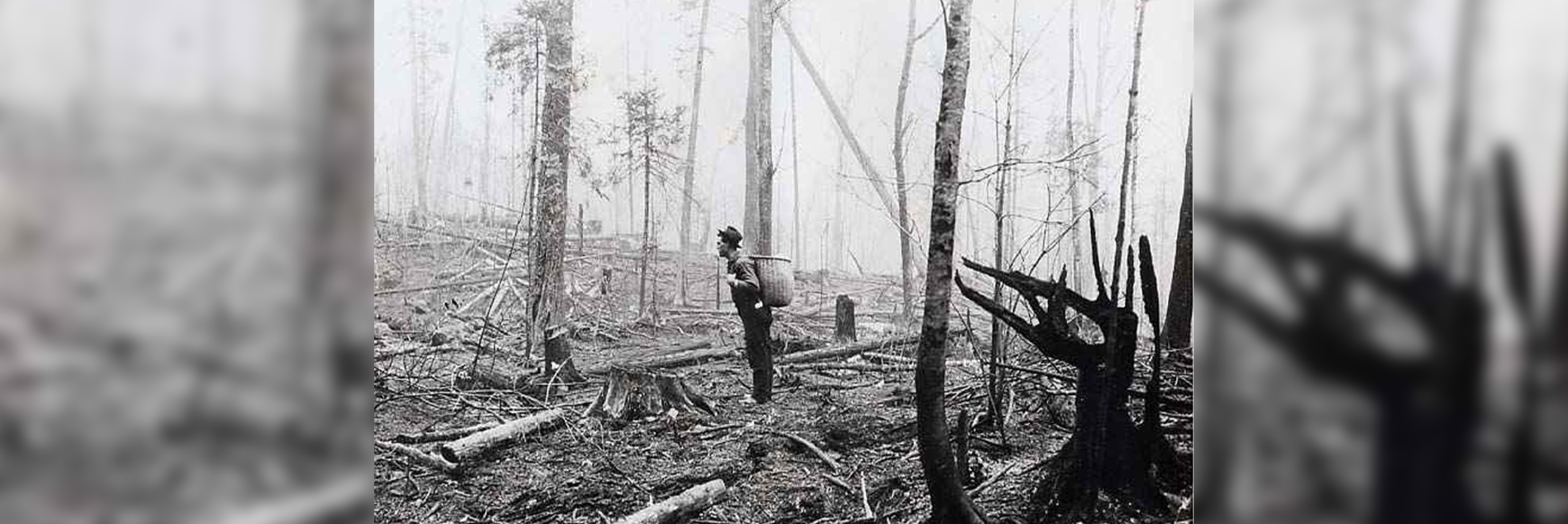The Gardens of the Adirondack Museum
The grounds of the Adirondack Museum have changed a great deal since the museum first opened in 1957. However, the commitment to beautiful gardens has remained constant over the years.
Mary Marquand Hochschild, wife of the Adirondack Museum’s founder Harold K. Hochschild, carefully designed the first gardens. She created beautiful grounds through nurturing care and the understanding that in the Adirondacks, a “ten-dollar hole” is vital for the success of the “five-dollar plant.” Thin topsoil and short growing seasons have long plagued the Adirondack gardener. While the museum was being built, the grounds were also being carefully shaped. Mary Hochschild’s work, along with the truckloads of soil that were brought in, ensured the success of the gardens.
While many plants require extra care and attention, this is not to say there are no thriving flowers in the Adirondack region. A number of perennials return year after year with no additional assistance. Flowers like the pink lupine, blue delphinium, and the Oregon grape flourish here. However, roses and rhododendrons require far more coaxing and are not often seen as practical plantings in this region.
The difficulties Adirondack gardeners face do not stop them from following fanciful pursuits. However, plants still must be carefully selected to ensure they are hearty enough to survive.
A number of non-native plants grace gardens around the region and at the museum. While many bloom at least a month later than in other climates, it is not uncommon to find azaleas, lilies, and peonies along with countless other “transplants” in this mountainous region. With many of the non-native plantings, the importance of Mary Hochschild’s idea of a “ten-dollar” hole becomes apparent.
Much like the gardening staff at the museum, gardeners throughout the Adirondacks have always had to make adjustments for tricky planting conditions and shorter growing seasons. While Lucelia Mills Clark’s diaries spoke of planting vegetables rather than prized flower gardens, her records typify methods created to overcome short, more difficult growing seasons.
In her April 4, 1906 journal entry, Lucelia Mills Clark – who had a homestead near Cranberry Lake, New York – writes that she started cabbage and lettuce indoors in eggshells. As the ground is not suitable for planting at this time of year in the Adirondacks, one must come up with alternate means of starting plants. There is often still snow remaining on the ground in early April when gardeners in other regions have started planting.
While the important feature of the Adirondack Museum’s grounds are the flower gardens, a new element was added during the 2008 season – Mrs. Merwin’s Kitchen Garden. Frances (Fannie) Merwin ran the Blue Mountain House, now the site of the Adirondack Museum, with her husband Tyler.
Kitchen gardens were a common feature of Adirondack homes and included vegetables, fruits, and herbs. The museum’s Kitchen Garden includes typical staples found in many Adirondack gardens, such as zucchini, lettuce, strawberries, and sage. All of these plants were also found in Mrs. Merwin’s garden, which she used to feed guests staying at the Blue Mountain House.
As the museum changes, every year so do its gardens. Many different gardeners have tended to the grounds and ensured that Mary Hochschild’s vision continues. While the Circle Garden near the View Deck and the Cutting Garden today remain much as Hochschild originally designed them, most of the gardens have changed as buildings are added and the museum’s campus has evolved.


